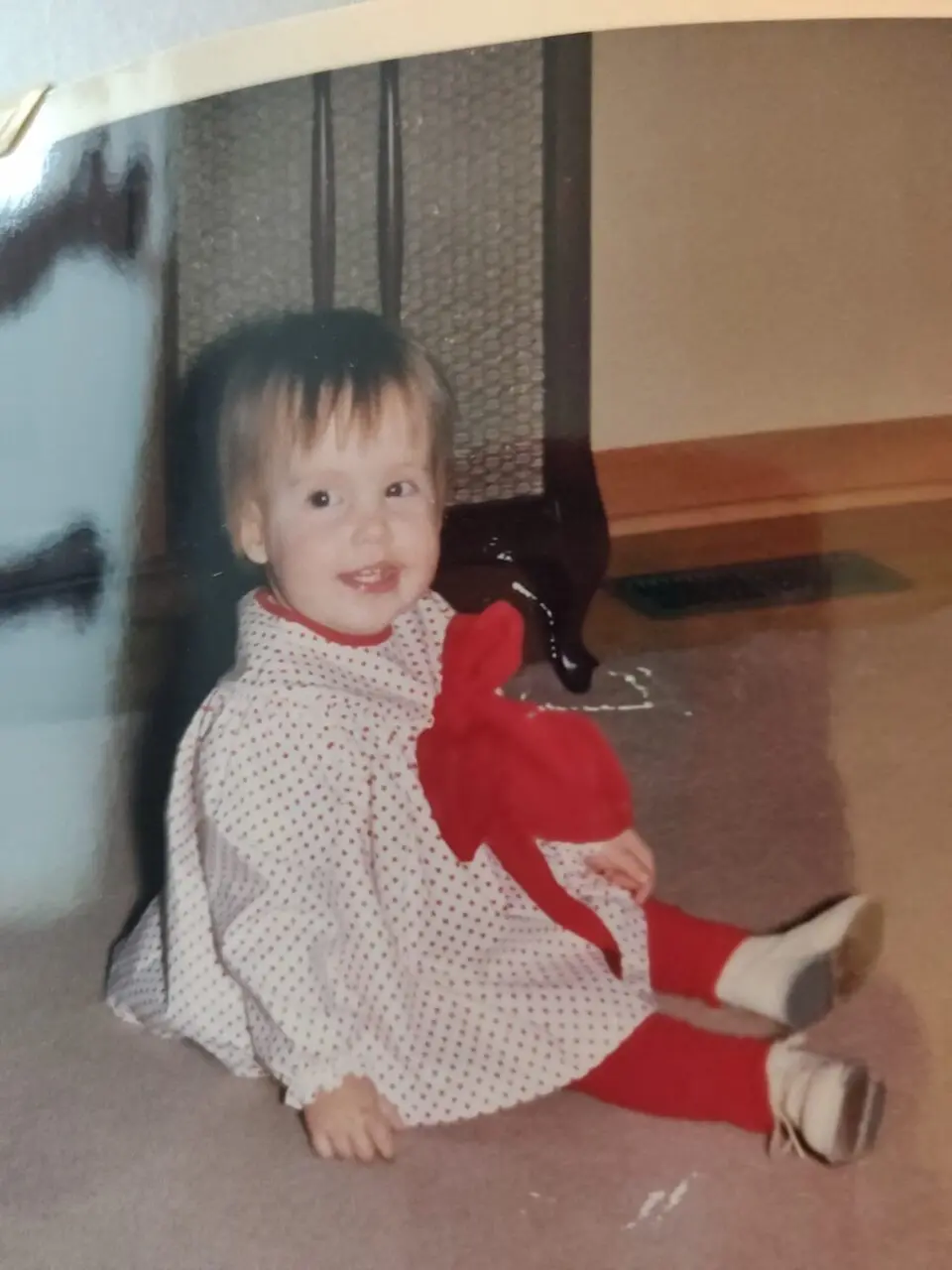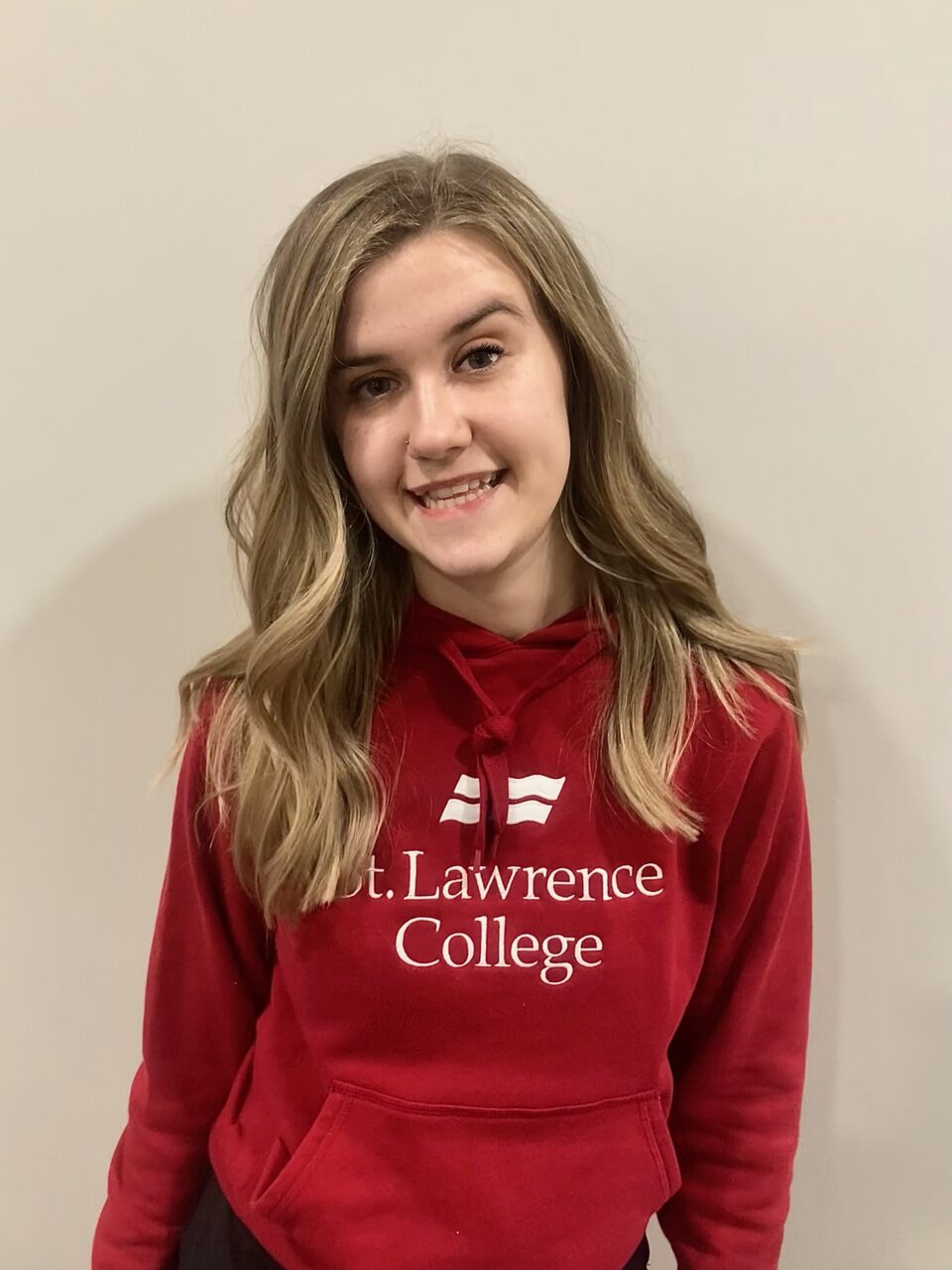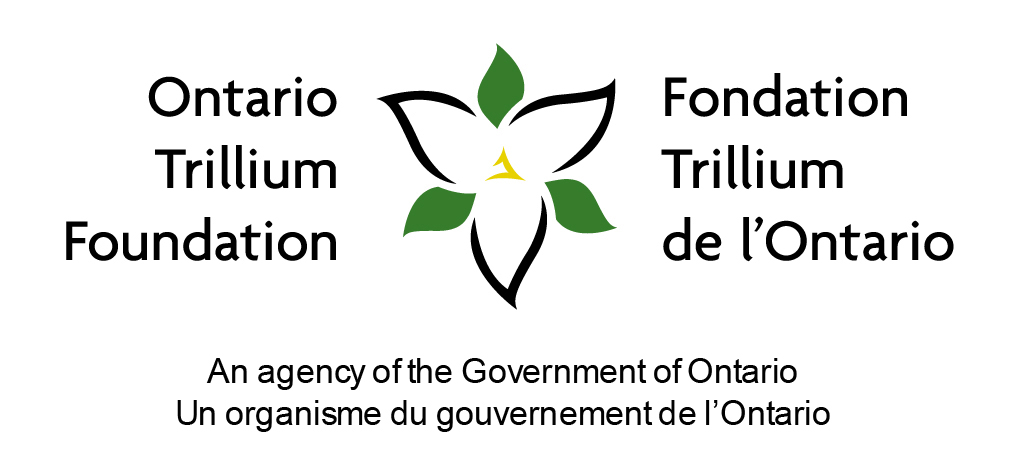By: John Thompson
I am a 57-year-old with adult onset Normal Pressure Hydrocephalus (NPH). Living with NPH is challenging, but I try to take it one day at a time and appreciate something every day. I do my best to focus on what I can do, rather than what I can’t and make the most of available resources. Although I no longer function the way I used to, the support of friends and family, both direct and extended, helps me through each day.
Severe Headaches & Walking Problems
It started in late 2002 when I was having severe headaches, as well as walking and balance problems. My family doctor could see no logical reason for this situation, and put it down to normal, stress-related headaches. However, these issues worsened. Finally, at a routine appointment, my arthritis specialist suggested I have an MRI to hopefully figure out what was happening. The MRI showed that the ventricles in my brain were extremely enlarged. Diagnosis: NPH.
An appointment was made for me with the department head of neurosurgery at Toronto Western Hospital (TWH). He told me that, based on the MRI results, I would need surgery as soon as possible. I travelled home from that meeting bawling my eyes out. I had never heard of hydrocephalus and could only dwell on the fact that I needed “brain” surgery. I was devastated, as was my wife, Janice, and family.
He then arranged for me to see one of his colleagues, Dr. Mojgan Hodaie. Janice and I met with her on a Thursday. After examining me and the X-ray and CT results, she asked my wife what she was doing the next day. My wife replied, “I can be open. Why?” Dr. Hodaie said, “I would like you here at 6 am as this is the time I have set for John’s surgery.” Both Janice and I were in shock. I was to be admitted immediately…5th Floor, B Wing…I’ll always remember that. I was admitted to a private room. I suppose this was to help calm me down as I was a total mess with the prospect of the next day’s events. Once I was admitted, a nurse came in to do routine blood work. My tension would not let my veins cooperate until the nurse asked me if I had any pets. I started telling her about our cat, called Cali…and the blood started flowing. The nurse told me they use these kinds of “calming tactics” for stubborn cases.
My initial shunt surgery was in August 2004 when a VP shunt was inserted to drain the excessive cerebral spinal fluid (CSF) from my brain, and was initially successful. After recovering from the procedure, the severe headaches were gone – what a relief! But this only lasted for a short time, as symptoms abruptly returned within a couple of weeks. Further diagnostic testing showed the shunt system needed to be revised. This was in September and in October the whole shunt had to be replaced. This new system was the Codman programmable shunt – the “Cadillac,” of shunts as I was told.
I have had many external revisions to my programmable shunts. Conducted non-invasively using specialized Codman equipment, these revisions involve placing specialized magnets to the outside of my head to adjust the shunt, which has 16 settings. The process feels like something out of “Star Wars” but it is really quite amazing and is done without surgery.
Over the years, my medical treatment has included eight surgeries and three different shunts. In December 2004, I spent six days at TWH with bilateral subdural haematomas and in 2007 I was in the TWH critical care unit for five days for a shunt study, which resulted in revisions.
Besides NPH, I developed a secondary condition called apraxia. This happens when neurological issues affect the part of the brain which controls smooth, coordinated movement. It’s much better now, but the apraxia was causing me to “freeze,” often without any warning, and I wouldn’t be able to complete everyday tasks like boiling the kettle. I knew what I wanted to do; however the freeze didn’t allow me to follow through.
What's It Like Today?
I continue to have gait, balance and spasticity issues which have worsened over the years and I find very frustrating. I walk with a cane at all times. I sometimes wonder if people on the street think I’ve been drinking. Several medical doctors have told me that these symptoms are most likely the result of the NPH being present for a long time before I was treated.
I also have trouble in crowds…I panic. I have a fear about attending family functions hosted outside my home. I often experience memory loss and have issues with multi-tasking. Again, these symptoms are probably due to the long period before I was properly diagnosed and treated.
As a member (and employee) of SB&H, I have come to rely on the association’s support and educational resources. The SB&H team has been most helpful in providing me with information about NPH and its potential long-term effects. It’s reassuring to know that the team is there for me anytime I need them. I have enjoyed getting involved in the association as the part-time Support and Promotion Coordinator and through volunteer work. This has been especially important since I had to give up my full-time employment as the computer operations supervisor at a large manufacturing company due to NPH and go on a disability pension.
Since I am prone to falls, I have also benefitted from the fall prevention program at TWH – a valuable resource for learning how to avoid falling and if I do fall, how to do so without injuring myself. I now have a new neurologist who has ordered another MRI of my brain and spine, which will hopefully shed some light on my current symptoms. Janice and I recently moved to Midland where the more relaxed atmosphere is a welcome change from the hustle and bustle of Toronto where we used to live. I enjoy getting out for daily walks in our new community.
Living with NPH definitely takes an emotional toll. I do have days when I feel really, really down and wonder if this will ever get any better. At these times I try to think about a good friend of mine who has cerebral palsy and uses a wheelchair all the time. As my neurologist says, “You may not walk well, John, but you can still walk.”
My family has been a tremendous source of support throughout my journey with NPH. Janice, our adults sons, Graham and Greg, and extended family have been very encouraging during hospital stays and other rough patches. Janice is my rock. She knows me so well and will say, ‘You’re having a bad day today, aren’t you?”
I encourage anyone who is experiencing the symptoms of NPH – difficulty walking, impaired bladder control and/or mild dementia – to see their doctor immediately. Early diagnosis and treatment is extremely important.





